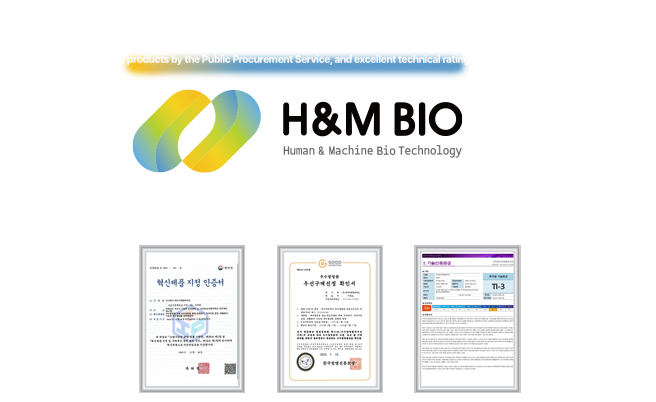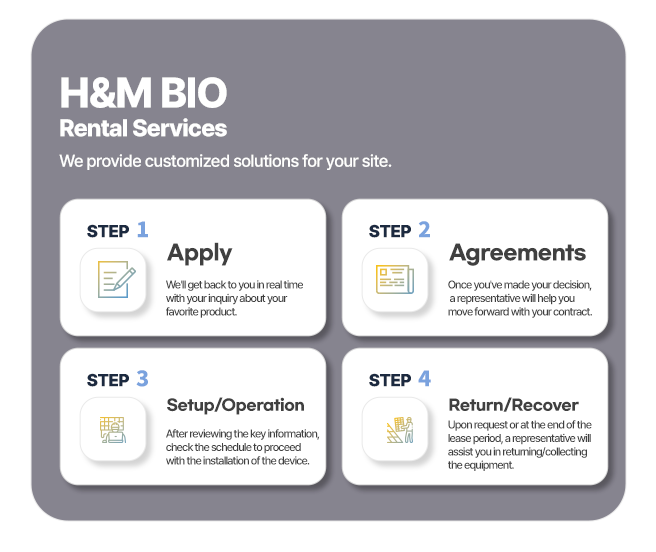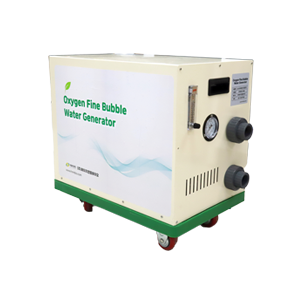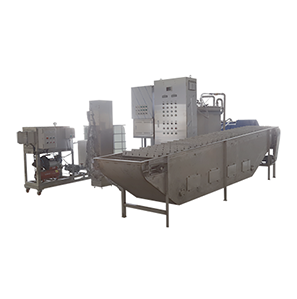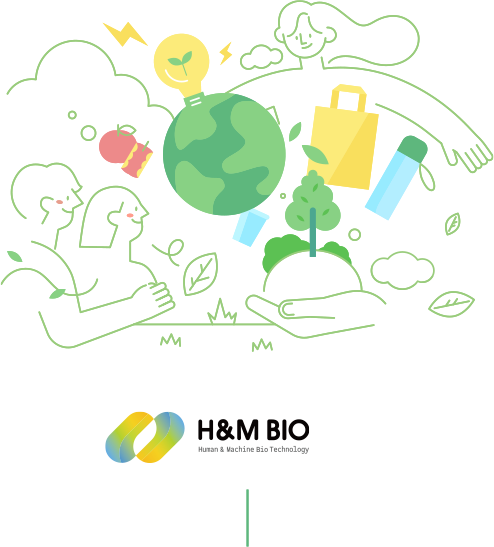
Municipal Sewage, Manure, Livestock Manure, and Biogasification Facility Nuisance Reduction
Wastewater treatment plant sludge reduction and high-concentration, highly degradable wastewater reduction solutions.
VIEW MORE
Public Treatment Plants – Pollutants – Reduction Units
VIEW MORE
Oxygen Microbubble Device
VIEW MORE
Wastewater Sludge Solubilizers
Small Town Sewage Treatment Plant Surplus Sludge Solubilization Unit
초음파+나노버블+A2O+MBR 기술이 융합된
Mobile water and wastewater treatment unit installation and rental process
STEP 01
Installation questions
STEP 02
Contracting
STEP 03
Installing a device
STEP 04
Device Operations
STEP 05
Return/Recall
Mobile Wastewater Treatment Unit Treatment Process Flowchart
① Raw water storage tanks
Raw wastewater flows in, is screened to remove large debris, and is stored in a holding tank.
By filtering out the initial contaminants, it reduces the load on subsequent processes.
② Nanobubble Generator
Creates nanobubbles in raw water to increase dissolved oxygen (DO).
Increase treatment efficiency by promoting oxidation reactions and enhancing microbial activity.
③ 1st Oxidation System
Water containing nanobubbles is treated to adjust the pH.
Initial oxidation reactions of organic matter and contaminants begin.
Some of the heavy metals and other harmful substances are oxidized.
④ 2nd Oxidation System
Additional oxidation processes are used to further remove any remaining contaminants.
Advanced oxidation processes (AOP) or additional oxidants are used to achieve optimal treatment effectiveness.
⑤ Biological treatment systems
Anaerobic: Microorganisms break down organic matter in an oxygen-free environment.
Anaerobic: Nitric acid (NO₃-) is removed by reducing it to nitrogen gas (N₂).
Aeration tanks: Oxygen is provided to increase the activity of microorganisms and break down the final organic matter.
⑥ Discharge stations
Check the flow rate of the treated water.
The valve control system regulates the discharge to maintain water quality that meets environmental standards.
Finally, the cleaned water is discharged.
ADDRESS
|
22, 305, Suncheonhyang-ro, Sinchang-myeon, Asan-si, Chungcheongnam-do, Korea
(Suncheonhyang University Entrepreneur Center)
TEL
|
041-545-6541
E-Mail
|
banjea@hanmail.net
COMPANY
˙ Greeting
˙ CI
˙ Certifications & Patents
˙ Directions
BUSINESS
˙ Business Area
TECHNOLOGY
˙ Wastewater Treatment Plant Nuisance Reduction System
˙ Sewage and wastewater surplus sludge solubilization equipment
˙ High-concentration recalcitrant sewage and wastewater treatment system
˙ Oxygen microbubble device
PORTFOLIO
˙ Construction Cases
COMMUNITY
˙ Product Inquiry
˙ Notice
˙ Promotional Video
˙ Catalog
CEO | Lee Myung-Oh
Company name | H&M Bio Co., Ltd.
Business license number | 579-86-01950
Headquarters | #305, 22, Suncheonhyang-ro, Sinchang-myeon, Asan-si, Chungcheongnam-do, Korea (Suncheonhyang University Entrepreneur Center)
Telephone |041-545-6541 E-mail | hnmbioesg@gmail.com

